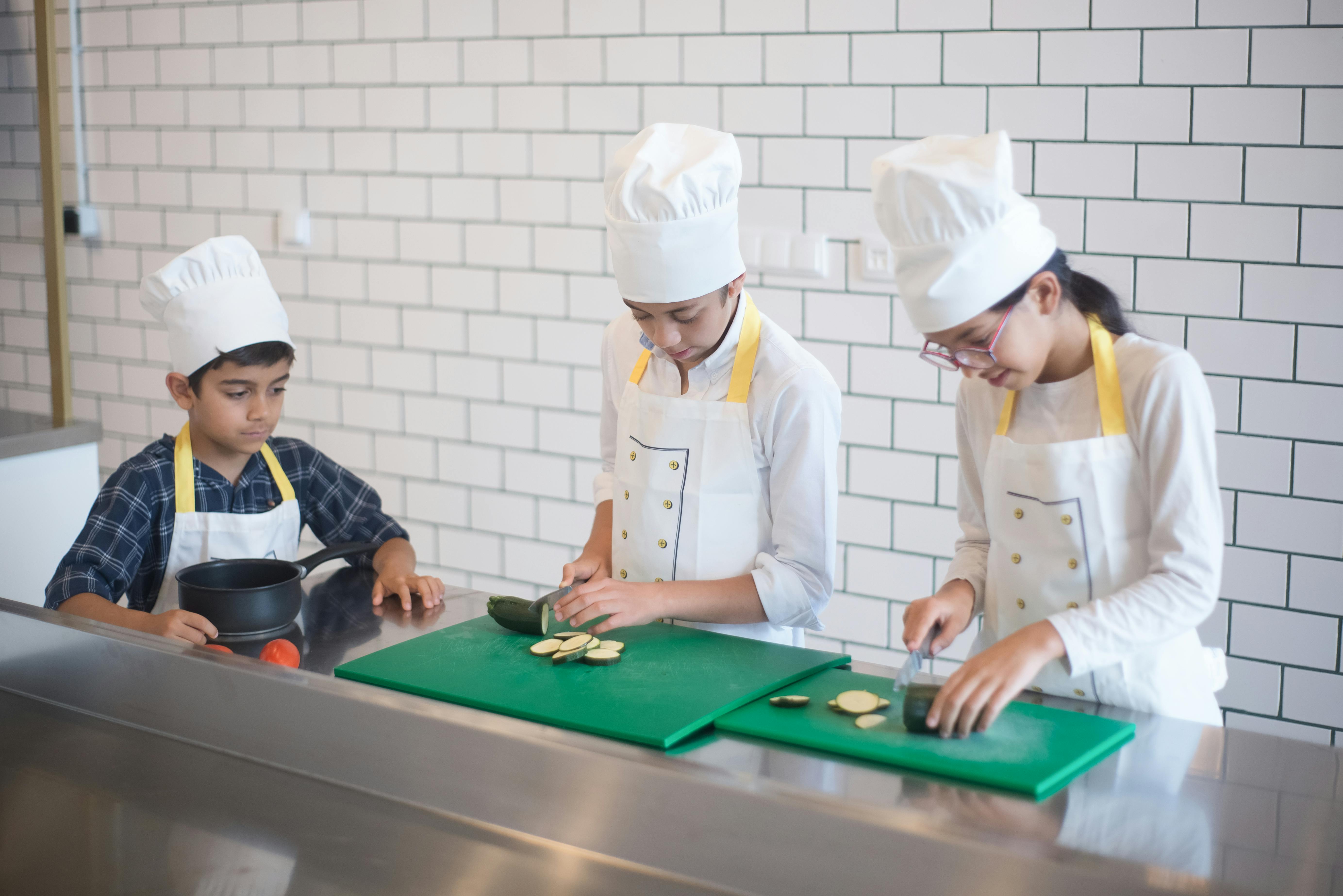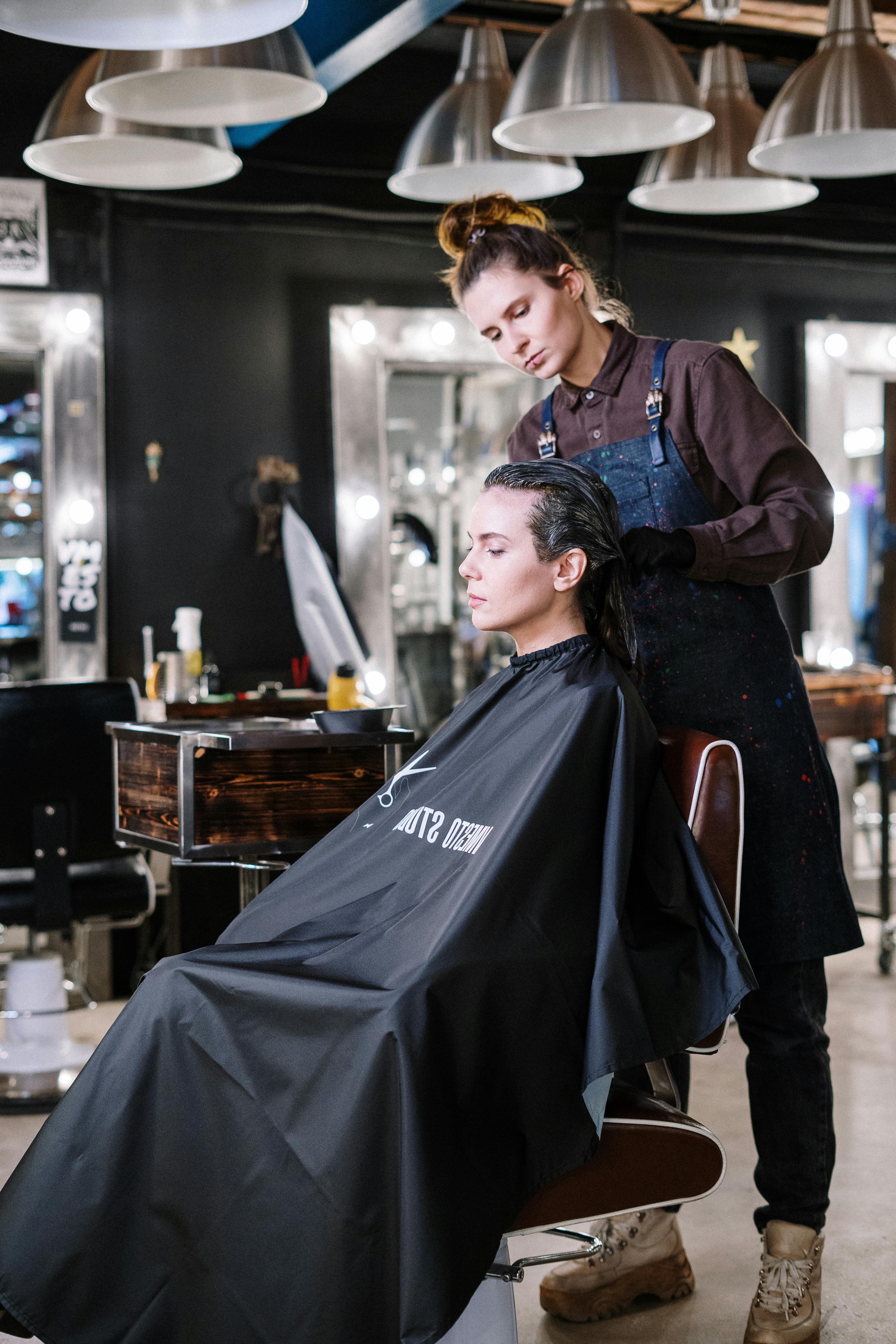
Essential Guide to Cooking Cornish Hens at 350 Degrees for Perfect Results in 2025
Cooking Cornish hens can be a delightful experience, as these small birds are ideal for intimate meals and special occasions. They are flavorful, tender, and versatile, making them a perfect choice for those seeking to explore new culinary horizons in 2025. This guide will provide you with all the essential tips and techniques required to achieve perfectly cooked Cornish hens at 350 degrees, ensuring they are juicy, golden brown, and bursting with flavors.
In this article, we will explore the cooking time for Cornish hens at 350 degrees, the best methods for roasting them, along with seasoning and preparation tips. Additionally, we will discuss side dishes that pair well, common mistakes to avoid, and expert recommendations for achieving the best results possible. So, let’s dive in and discover the art of preparing and cooking Cornish hens!

Understanding Cooking Time for Cornish Hens
When it comes to roasting Cornish hens at 350 degrees, understanding the timing is crucial. The general rule of thumb is to cook them for about 20 to 25 minutes per pound. This means that a typical 1.5 to 2-pound Cornish hen should roast for approximately 30 to 50 minutes.
Factors Influencing Cooking Time
Cooking time can vary based on several factors, including:
- Weight: Heavier hens will require more time to cook through properly.
- Oven Efficiency: Convection ovens may cook faster than conventional ovens.
- Starting Temperature: If the hen is cooked straight from the refrigerator, the cooking time will increase.
Using a Meat Thermometer
To ensure your Cornish hens are perfectly cooked, using a meat thermometer is highly recommended. The internal temperature of the thickest part of the thigh should reach 165 degrees Fahrenheit. This will ensure the meat is fully cooked and safe to eat, while also being juicy and flavorful.
Aligned with cooking times, you will want to check the internal temperature about 10-15 minutes before the expected finishing time. This helps in avoiding overcooking.
Resting Period After Cooking
After removing your Cornish hens from the oven, let them rest for about 10-15 minutes. This resting period allows juices to redistribute throughout the meat, ensuring that each bite is juicy and tender. Resting is an often-overlooked step in the cooking process that greatly enhances the final outcome.
With these timing principles and guidelines established, let's move on to how to properly season and prepare your Cornish hens for cooking.
Cornish Hen Preparation Techniques
Preparation is key to enhancing flavor and ensuring a delicious outcome with your Cornish hens. The way you prepare them can elevate the dish significantly.
Cleaning and Trimming Cornish Hens
Start by rinsing the Cornish hens under cool water and patting them dry with paper towels. Removing any excess fat around the cavity is essential for allowing even cooking. This step ensures that you achieve crispy skin as the fat will render during roasting.
Seasoning Options
Seasoning is where you can let your culinary creativity shine. A simple and effective seasoning mix consists of:
- Salt and pepper
- Garlic powder
- Dried thyme or rosemary
- Olive oil or melted butter
Massage the seasoning mixture generously into the skin, including the cavity, to maximize flavor absorption. For an extra flavor twist, consider adding citrus slices, garlic, and fresh herbs inside the cavity.
Marinating for Flavor Enhancement
To further enhance the taste, consider marinating your Cornish hens prior to cooking. A marinade can include ingredients like:
- Olive oil
- Honey or maple syrup
- Mustard
- Fresh herbs
- Spices
Marinate in the refrigerator for a few hours or overnight for optimal flavor penetration. This technique helps in achieving succulent and tasty Cornish hens.
With the preparation and seasoning tips covered, let’s explore some effective cooking methods for roasting Cornish hens.
Best Methods for Roasting Cornish Hens
Roasting is the most traditional cooking method for Cornish hens and provides a delightful result. Below are a few methods to consider.
Roasting in the Oven
To roast Cornish hens in the oven, preheat it to 350 degrees Fahrenheit. Place the prepared hens on a roasting rack in a roasting pan. This setup allows for air circulation, which aids in achieving crispy skin. Bake until the internal temperature reaches 165 degrees, monitoring closely during the last minutes of cooking.
Cooking Cornish Hens in an Air Fryer
If you are looking for a quicker cooking method, consider using an air fryer. Cooking Cornish hens in an air fryer at 350 degrees can yield a crispy exterior while keeping the meat juicy. The recommended cooking time is about 30 minutes, flipping halfway through for even cooking.
Grilling Cornish Hens
Grilling adds a unique smokiness to the hens, making it perfect for summer occasions. Preheat your grill and cook the hens over indirect heat. Use a two-zone method to ensure that they cook thoroughly without burning. Grill for approximately 25-30 minutes, constantly checking the internal temperature.
With these roasting techniques in mind, we can now shift our focus to serving popular side dishes that complement Cornish hens.

Delicious Side Dishes to Serve with Cornish Hens
Pairing the right side dishes with Cornish hens can enhance your meal experience significantly. Here are some top choices that work perfectly together.
Vegetable Medley
A roasted vegetable medley consisting of carrots, Brussels sprouts, and potatoes can complement the flavors of the hens beautifully. Toss the veggies in olive oil and herbs, then roast them alongside the hens for the last 30 minutes.
Cornbread Stuffing
Cornbread stuffing is a classic pairing for Cornish hens that you cannot go wrong with. Prepare a savory cornbread stuffing with sausage, herbs, and spices for a hearty side that keeps the meal satisfying.
Gravy and Sauces
Don’t forget to prepare a delicious gravy using the drippings from roasted Cornish hens. This not only adds moisture but also enhances the overall flavor profile of the dish. You can also serve the hens with a citrus glaze made from fresh orange juice and honey.
These sides will beautifully round out your Cornish hen meal, making it suitable for family dinners or holiday gatherings. Most importantly, they complement the main dish while offering variety to the palate.
Culinary Tips for Perfect Cornish Hens
Achieving the perfect Cornish hen takes practice, but with the right techniques and tips, you can make it happen.
Avoiding Common Mistakes
Some common mistakes include:
- Overcrowding the roasting pan, leading to uneven cooking.
- Not letting the hens rest, which can cause juices to escape immediately upon cutting.
- Skipping the thermometer check, resulting in undercooked meat.
Importance of Basting
Basting Cornish hens with their drippings during cooking enhances saturation and flavor. Use a baster or a spoon to periodically moisten the skin, creating that golden, crispy finish.
Innovative Flavor Combinations
Explore unique flavor profiles by experimenting with spices and herbs. Consider adding dried fruits or nuts to the cavity or using flavored butter for basting. Smoked paprika, thyme, or lemon zest can elevate the taste further.
Q&A Section
1. How long does it take to cook Cornish hens at 350 degrees?
Typically, it takes about 20 to 25 minutes per pound for Cornish hens cooked at 350 degrees Fahrenheit.
2. What is the best way to season Cornish hens?
Using a mix of salt, pepper, garlic powder, and herbs like rosemary or thyme works well. Consider marinating for enhanced flavor.
3. What is the ideal internal temperature for Cornish hens?
The ideal internal temperature should reach 165 degrees Fahrenheit in the thickest part of the thigh to ensure safety and tenderness.
4. Can I cook Cornish hens with stuffing?
Yes, but be aware that this will increase the cooking time. Ensure the stuffing also reaches 165 degrees Fahrenheit for safety.
5. What sides pair well with Cornish hens?
Popular side dishes include roasted vegetables, cornbread stuffing, and sauces like gravy that complement the rich flavors of the hens.
By following the steps and tips outlined in this guide, you will be well-equipped to create perfectly cooked Cornish hens that impress. Whether for a special occasion or a simple weeknight meal, you’ve got all the necessary tools to make your dish a success!